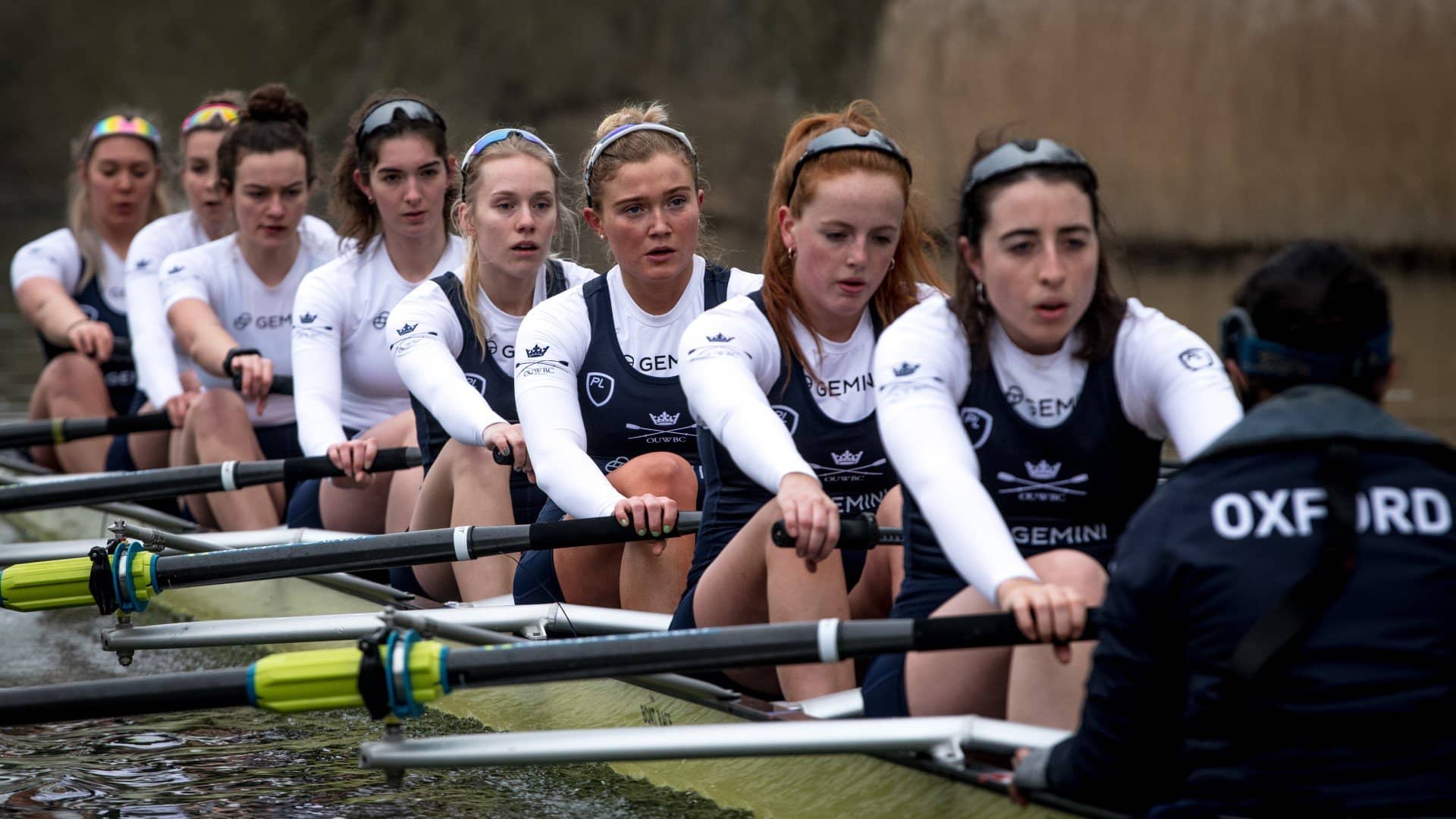In 1829, the concept of a Boat Race between Cambridge and Oxford was born from a chat between old schoolmates Charles Merivale and Charles Wordsworth. Merivale, from St John’s College Cambridge, and Wordsworth, from Christ Church Oxford, ignited the idea during a discussion. This led to the formation of the Cambridge University Boat Club, which promptly challenged Oxford University to a rowing match near London during the Easter vacation.
Since then, the Cambridge University Boat Club has been focused on one goal: defeating Oxford in the annual Boat Race. And recently, Cambridge has excelled at achieving this aim. In the previous year, the Light Blues emerged victorious in every category, including the open-weight men’s and women’s races, both reserve races, and both lightweight races. This remarkable clean sweep underscores Cambridge’s dominance in the competition. Notably, Cambridge’s women’s open-weight boat, known as the blue boat, has clinched victory in the last six Boat Races, while the men’s team has secured five wins out of the last seven races. This level of success is remarkable given the unpredictable nature of the race, where external factors often come into play.
It’s a chilly mid-December afternoon along the River Thames. The sky and water blend into a uniform battleship grey, while the biting north wind whips up waves. Outside a boathouse in Putney, two groups of women, clad in duck-egg blue tops and black leggings, with festive antlers adorning their hair, gather closely. They appear tense, perhaps seeking warmth or solidarity. Amidst the nervous energy, sporadic bouts of laughter erupt. For some, it’s their inaugural rowing experience on the Tideway, the iconic stretch of London water that hosts the Boat Race. Paddy Ryan, the head coach for Cambridge University women, remarks on the “perfect conditions” as they prepare for trial eights day. It’s a day when friends compete in different boats, vying for coveted spots in the top boat.
A few hours later, these women, alongside their male counterparts, will have pushed themselves to their absolute limits. Some of the men are spotted attempting to recover over the side of their boats near Chiswick Bridge. It’s a grueling sight, but it’s only the beginning. For these students, the upcoming months will be incredibly demanding, juggling academic responsibilities with training like professional athletes. Despite facing the toughest months of the year, their focus remains on one clear objective: defeating Oxford in the Boat Race come March’s end.
In the early hours of winter mornings, along the banks of the Great Ouse, before the sun even dares to rise, the scene can be quite stark. In the pitch-black darkness, a convoy of light blue minivans deposits the men and women rowers at the sleek Ely boathouse, a modern facility erected in 2016 at a cost of £4.9 million. This boathouse serves as the hub for all of Cambridge’s on-water training. Without delay, a flotilla of boats carrying the teams sets out onto the water for a training session lasting several hours. Afterwards, it’s a swift change of attire, a ride back to the train station, and a return to Cambridge for morning lectures.
Walking down the stairs into the boat storage bays, rowers are met with a clear reminder of the purpose behind the facility and their presence there. A sign boldly declares, “This is where we prepare to win Boat Races.” Since the construction of this boathouse, Cambridge has emerged victorious in 30 out of 37 races across all categories, underscoring its significance and success.
